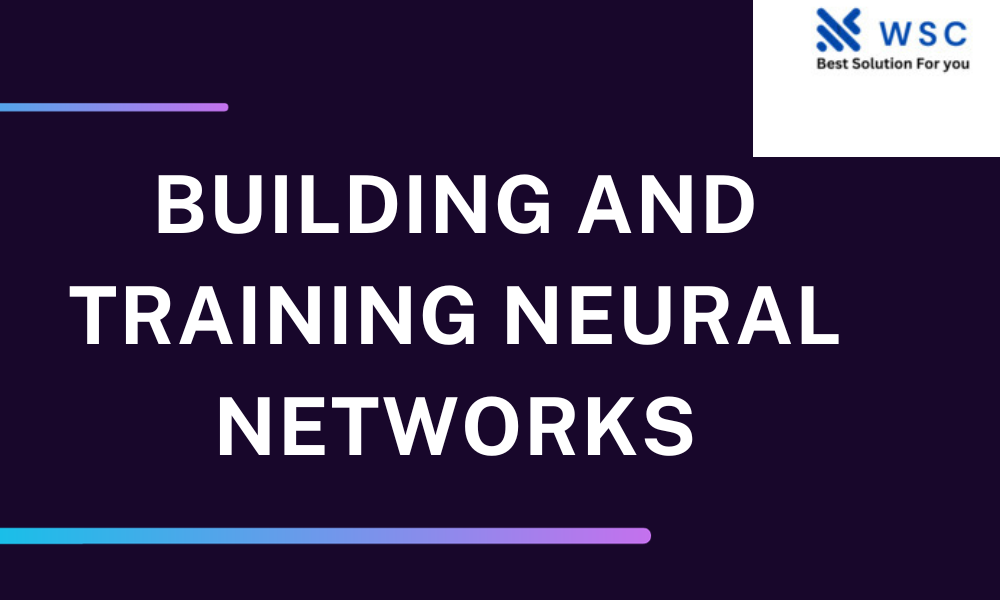Neural networks are at the core of modern artificial intelligence, enabling machines to mimic human-like learning processes. In this comprehensive guide, we’ll delve into the essentials of building and training networks, helping you grasp the foundations of this exciting field.
Getting Started with Neural Networks
To start your journey, it’s crucial to understand the basic components of a neural network:
1. Neurons:
Neurons are the building blocks of neural networks. They process information, apply weights to inputs, and pass the result through an activation function.
2. Layers:
Neurons are organized into layers, including input, hidden, and output layers. Each layer plays a unique role in information processing.
3. Weights and Biases:
Neurons are connected by weights and biases, which are adjusted during training to optimize network performance.
4. Activation Functions:
Activation functions introduce non-linearity to the network, allowing it to learn complex patterns.
Building Your Neural Network
Now, let’s dive into the practical side of things. Below is a simple Python code snippet using the TensorFlow library to create a basic neural network:
import tensorflow as tf
from tensorflow import keras
# Define the model
model = keras.Sequential([
keras.layers.Dense(64, activation='relu', input_shape=(input_dim,)),
keras.layers.Dense(32, activation='relu'),
keras.layers.Dense(output_dim, activation='softmax')
])
# Compile the model
model.compile(optimizer='adam',
loss='categorical_crossentropy',
metrics=['accuracy'])
# Print a summary of the model architecture
model.summary()
Training Your Neural Network
Now that you have built your neural network, it’s time to train it. This involves feeding it with labeled data and adjusting the weights and biases through backpropagation. Here’s a code snippet to get you started:
# Train the model
history = model.fit(x_train, y_train, epochs=10, batch_size=32, validation_split=0.2)
# Evaluate the model
test_loss, test_acc = model.evaluate(x_test, y_test)
print(f"Test accuracy: {test_acc}")
Conclusion
Building and training neural networks is a fascinating journey into the world of artificial intelligence. As you explore further, you’ll uncover more advanced techniques, architectures, and applications. With dedication and practice, you can harness the power of neural networks to solve real-world problems and contribute to the exciting field of AI. So, start coding, experimenting, and learning today to unlock the full potential of neural networks!
Check our tools website Word count
Check our tools website check More tutorial




